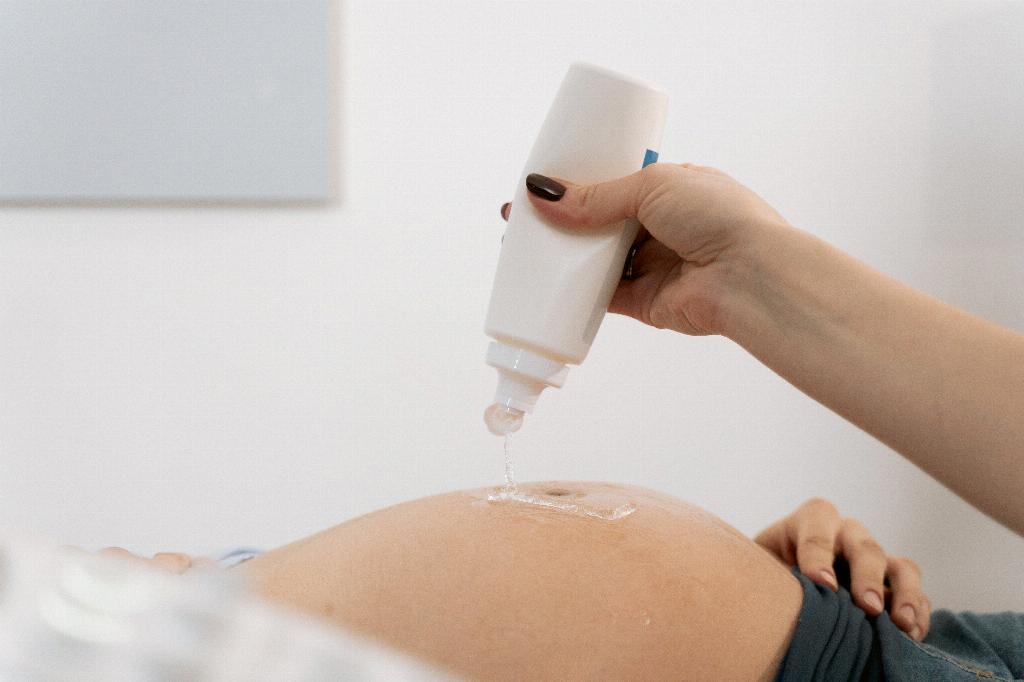When it comes to tubal ligation, also known as having your tubes tied, it’s essential to consider the potential long-term side effects. While this procedure is highly effective in preventing pregnancy, there are some outcomes that you should be aware of in the years following the surgery.
Changes in Menstrual Cycle
One common long-term side effect of tubal ligation is a change in your menstrual cycle. Some individuals may experience heavier, less regular, or more painful periods after the procedure. However, it’s important to note that for some, periods may actually become lighter with less cramping over time.
Post-Tubal Ligation Syndrome (PTLS)
Another potential long-term side effect that some individuals may experience is Post-Tubal Ligation Syndrome (PTLS). This condition is characterized by a variety of symptoms such as irregular periods, pelvic pain, headaches, and mood swings. It’s essential to discuss any persistent symptoms with your healthcare provider.
Impact on Hormone Levels
Following tubal ligation, some individuals may notice changes in their hormone levels. This can result in symptoms such as weight gain, acne, or mood changes. Monitoring these changes and discussing them with your doctor can help manage any hormonal imbalances that may occur.
Risk of Ectopic Pregnancy
Although tubal ligation is a highly effective form of contraception, there is still a small risk of ectopic pregnancy even after the procedure. It’s crucial to be aware of the signs and symptoms of ectopic pregnancy, such as severe abdominal pain and vaginal bleeding, and seek immediate medical attention if you suspect a possible ectopic pregnancy.
Psychological Effects
For some individuals, tubal ligation can have psychological effects that may manifest in feelings of regret, loss of fertility, or changes in self-image. It’s essential to discuss any emotional concerns with a mental health professional or counselor to address these feelings and navigate through them effectively.
Chronic Pelvic Pain
In rare cases, some individuals may experience chronic pelvic pain as a long-term side effect of tubal ligation. This persistent pain in the pelvic region can impact daily activities and quality of life. Seeking medical evaluation and exploring treatment options with your healthcare provider is essential in managing chronic pelvic pain.
Risk of Ovarian Cancer
Some studies suggest a potential link between tubal ligation and a reduced risk of ovarian cancer. However, it’s crucial to continue routine screenings and monitoring for ovarian cancer even after undergoing the procedure. Discussing your individual risk factors with your doctor is key in maintaining overall health.
Effect on Sexual Function
For some individuals, tubal ligation may impact sexual function, leading to changes in libido, arousal, or satisfaction. Open communication with your partner and healthcare provider can help address any concerns related to sexual function and explore potential solutions or strategies to enhance intimacy.
Challenges with Reversal
It’s important to note that tubal ligation is considered a permanent form of contraception, and reversal procedures can be complex and may not always be successful. Prior to undergoing tubal ligation, discussing your future family planning goals and considering all contraception options can help make informed decisions about your reproductive health.
Overall Considerations
While tubal ligation is a widely used method of contraception, it’s important to be aware of the potential long-term side effects associated with the procedure. Monitoring changes in your body, discussing any concerns with your healthcare provider, and prioritizing your overall well-being are essential in navigating through any challenges that may arise post-tubal ligation.

